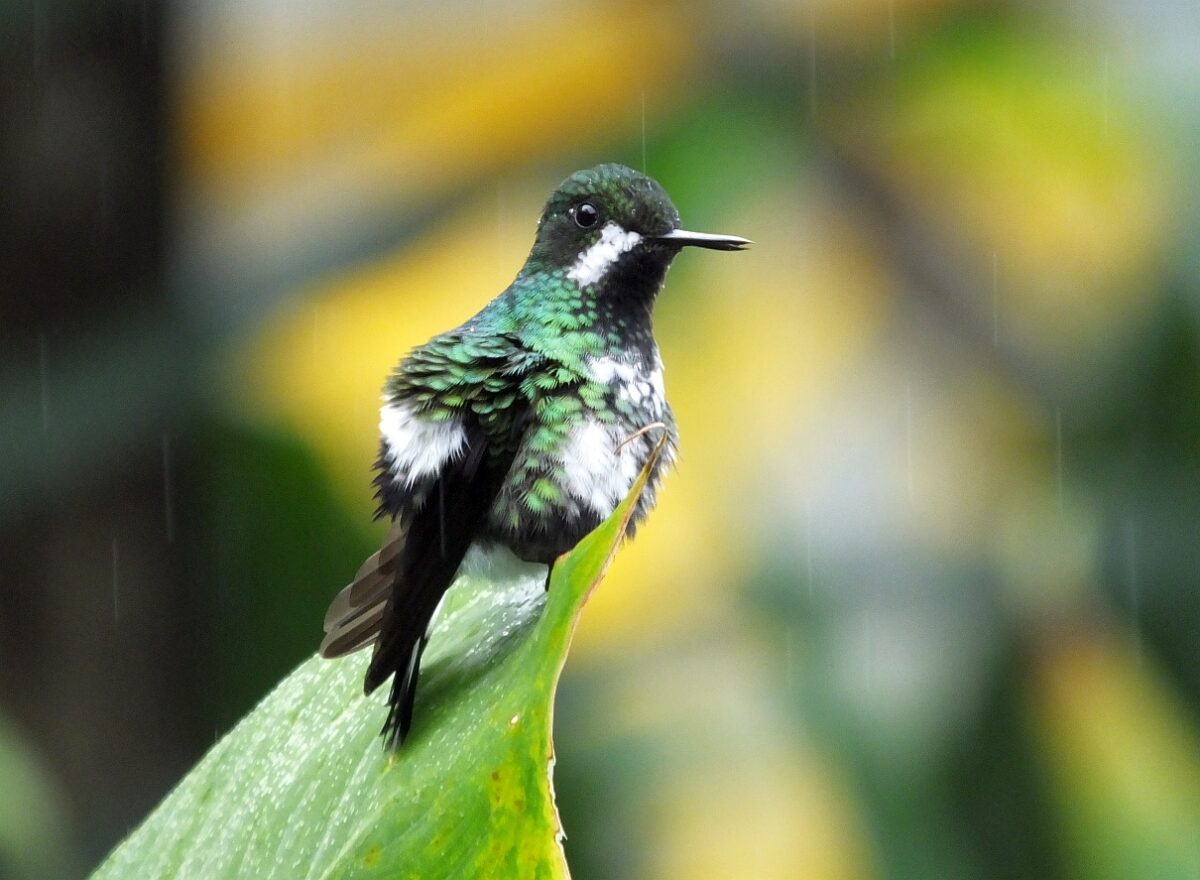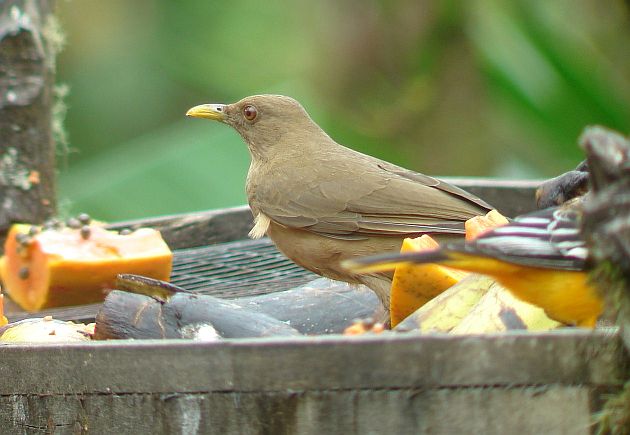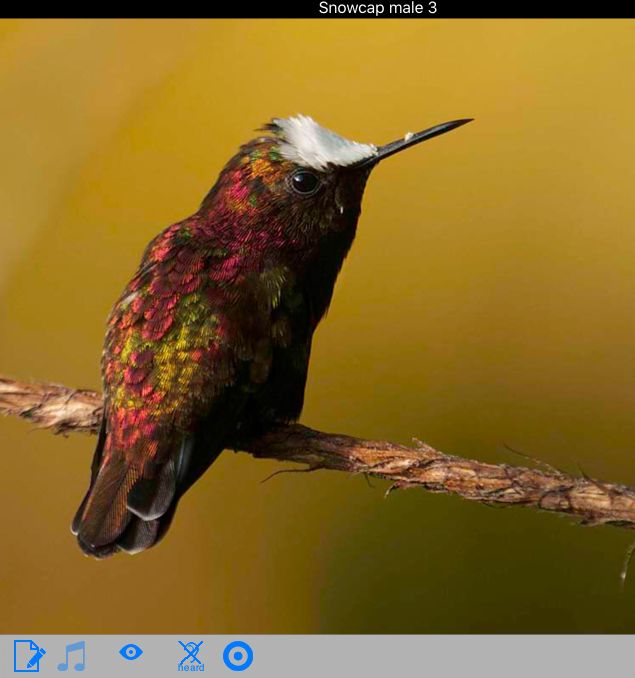Going birding in Costa Rica? Awesome! Epic! Boss! Or, as various overdressed, bespectacled folks used to say, “Splendid!”. I for one, certainly recommend birding in Costa Rica wholeheartedly and completely. While you are here, get up early, focus on birds, and the trip will be a memorable blast.

But study for it? What? Wasn’t that like something we did when we were taking classes? Going to school and so on? I mean, in some circles, studying for a vacation could be interpreted as an odd form of torture. After all, isn’t a vacation all about relaxation accompanied by sunsets, cold drinks, and not worrying about responsibilities? Like, if you were gonna study, it would be about margarita flavors, picking the best beach sandals, and where to get a yoga massage or something.
However, that would be for ye olde regular vacation. The birding trip does not fall into such a sun-drenched, easy-going category. When we do birding trips, birding vacations if you will, we go with a different set of goals. The focus of the trip is birds, seeing them, probably taking pictures of them, experiencing them.
It’s a very specific type of trip, a special type of travel, one always better when you study for it.

Sure, yeah, you could go birding in Costa Rica without laying a finger on a field guide. You could bring those binos to this here birdable land without having looked at any birding apps for Costa Rica. Sure, you could do all that but check it out- birding in Costa Rica ain’t no joke.
We’re talking about hundreds of bird species. Up in birdy here, there’s literally centuries of possible lifers. Trust me, it’s not gonna be like home, not even like the slightest whit call of a Least Flycatcher.
Used to seeing what, 40, maybe 70 species on a really good day? Do some all day birding in Costa Rica and those numbers are nothing. Around here, the bird factory keeps on a rolling. We’re talking well over a hundred species in a day, regularly, in more than one region (even days with 150 plus species). Yeah, it’s some birding gone crazy in Costa Rica alright.
Costa Rica is a place worth getting ready for. It’s worth it to study before any birding trip but in Costa Rica, it’s not just worth it, it’s pretty much requisite. At least a necessity if you want to see more birds, if you want to make the most of your trip, if you want to have some of the best birding in your life.
If you come to Costa Rica for birding, you want all of the above so all I can say is start studying now, start studying as soon as you can. Taking a tour or not, your trip will still be ten times better if you train that mind, get yourself ready for some major birding.
There’s a lot you could study, here’s five main things I recommend:
Learn 50 Bird Vocalizations
What? I know, sounds daunting. I mean, right, you’re still trying to figure out those dang warbler songs at home and now you gotta learn a few more? Right, easy to Hall and Oates the situation with a, “No can do”. But trust me, you can, oh yes you can.
You’ll be surprised at how well you can learn some of those new bird songs. Go for ten at first, then kick it up to twenty, and shoot for fifty. Yes, you have to give yourself some time but you can do it! Try learning one a day before your trip, pick a bird and focus on it while waiting in line, or making dinner, or when your significant other insists on watching some show that gives you the cringes.
Put that smile on your face by listening to the barking song of a Barred Antshrike. Check out the whistles of a Chestnut-backed Antbird and learn how the Laughing Falcon got its name.

But where to learn them? Xeno-Canto has more than enough bird songs to browse but, for more a more versatile, customized experience, I suggest using the Costa Rica Birds Field Guide app. That way, you can use the filter to pick and show common birds for each region. Listen to the Olive-backed Euphonia and other birds from the Caribbean lowlands. Move on to common highland birds like the Mountain Elaenia, and then change the filter to the South Pacific and study Black-hooded Antshrike.
While you’re at it, don’t forget to listen to megas like the Resplendent Quetzal, Three-wattled Bellbird, and the macaws. You sure want to be ready for those ones!
Study Woodcreeper Heads
That might sound grim. It might seem odd. But honest to goodness, that is really what you need to study for woodcreeper identification. Don’t worry about those eye-catching reddish wings and tail. They all got those. Instead, focus on beak shapes and head patterns. That’s the ticket to woodcreeper identification, that’s what you need to look at to ID them in the field.

On a side note, for woodcreepers, expect big birds with large beaks. Know that they might not give the best of views either. These guys aren’t exactly treecreepers.
Learn Birds by Region
See which places you will be visiting in Costa Rica and study accordingly. For example, if you won’t be birding in the dry forests of Guanacaste, you don’t have to worry about Elegant Trogons and Ivory-billed Woodcreepers.
However, if you are headed to the Sarapiqui lowlands, yeah, you should look into the three trogons, two main motmots, White-ringed Flycatcher, and other birds that live there.

Once again, the easiest way to study birds by region is with the Costa Rica Birds Field Guide app. Filter for region and you’ll see the birds possible at Sarapiqui, or Monteverde, or wherever else you might be birding. With the app, you can also get more detailed and study birds in certain habitats, forest strata, and more.
Study the Hummingbirds
There’s lots of birds to study so yeah, why not study the hummingbirds? I could just as well say to pick any avian family to study but, in Costa Rica, you’ll have chances at dozens of hummingbird species. They also look nice and are much easier to identify than the small ones up north.

However, instead of solely focusing on identification, I suggest also learning where they live and something about their behaviors. Which are forest birds? Which are more likely in second growth? Which hummingbirds only live in southern Costa Rica? You’ll find answers to these and most other questions about the birds of Costa Rica in “How to See, Find, and Identify Birds in Costa Rica”. Basically, I wrote this book to help answer questions spurred by my first trip to Costa Rica, and to prepare fellow birders for their trips to Costa Rica.
Learn About the Bird Families in Costa Rica
Before your trip, I also suggest learning about some of the bird families in Costa Rica. Some of them won’t be anything like birds from home! They won’t just look different, they will also act different and will most definitely throw you for a birding loop.
I’m talking about birds like tinamous, hawk-eagles, antbirds, manakins, puffbirds, and other Neotropical birds. Knowing more about these bird families will help you see more of them. That knowledge will also give you better appreciation for them, get you psyched for your trip, and just might turn your birding trip into a deeper, truly fantastic learning experience.

There are more things you could study for a birding trip to Costa Rica but you can’t go wrong by starting with these five suggestions. There’s nothing wrong with learning about margarita flavors either but, I would do that after the birding trip.
That way, you can make drinks to celebrate a successful, fulfilling birding trip to Costa Rica. When you get done celebrating, then you can start studying for your next trip to Costa Rica. You’ll need to, there’s a lot of birds around here.





















































